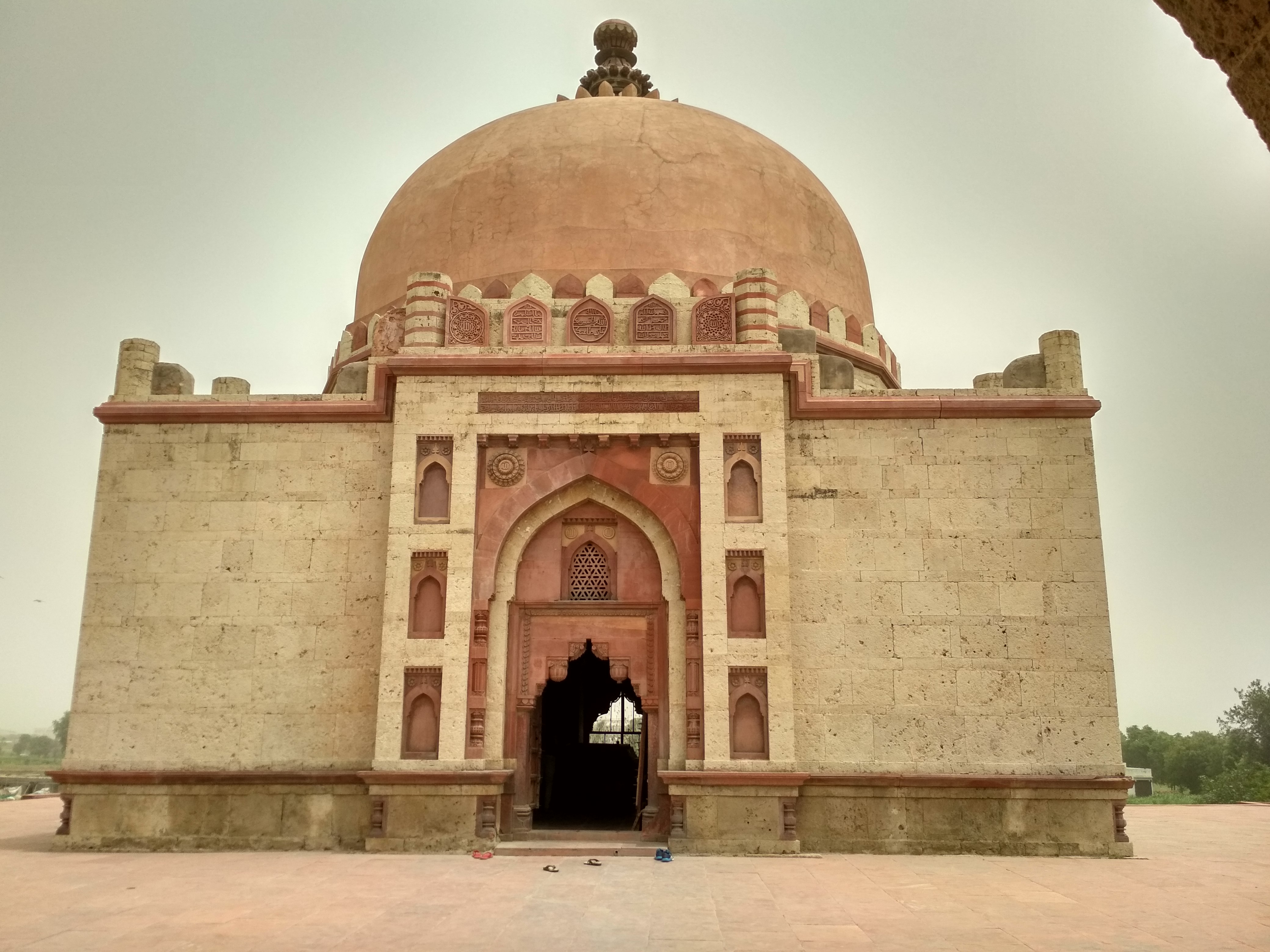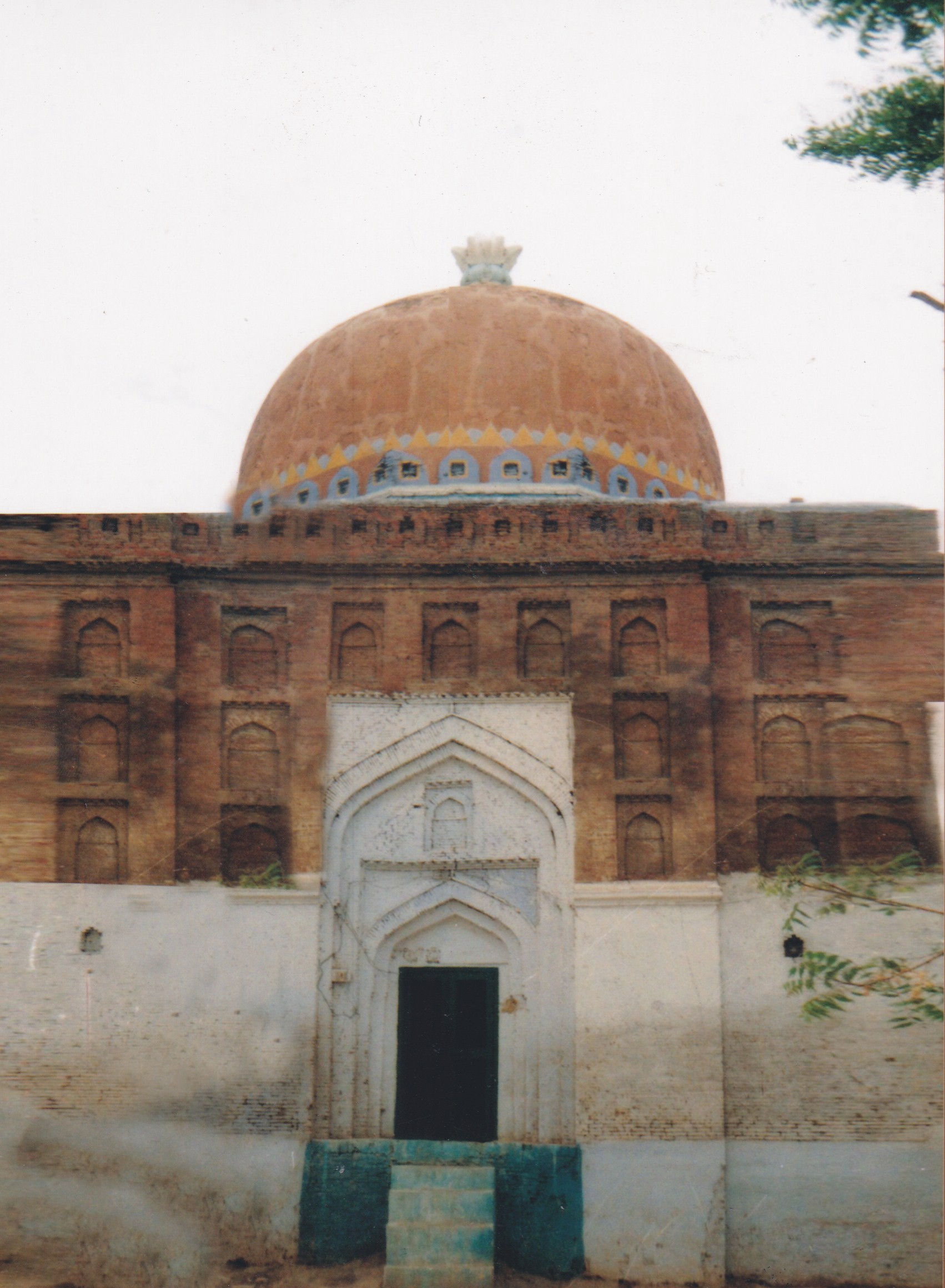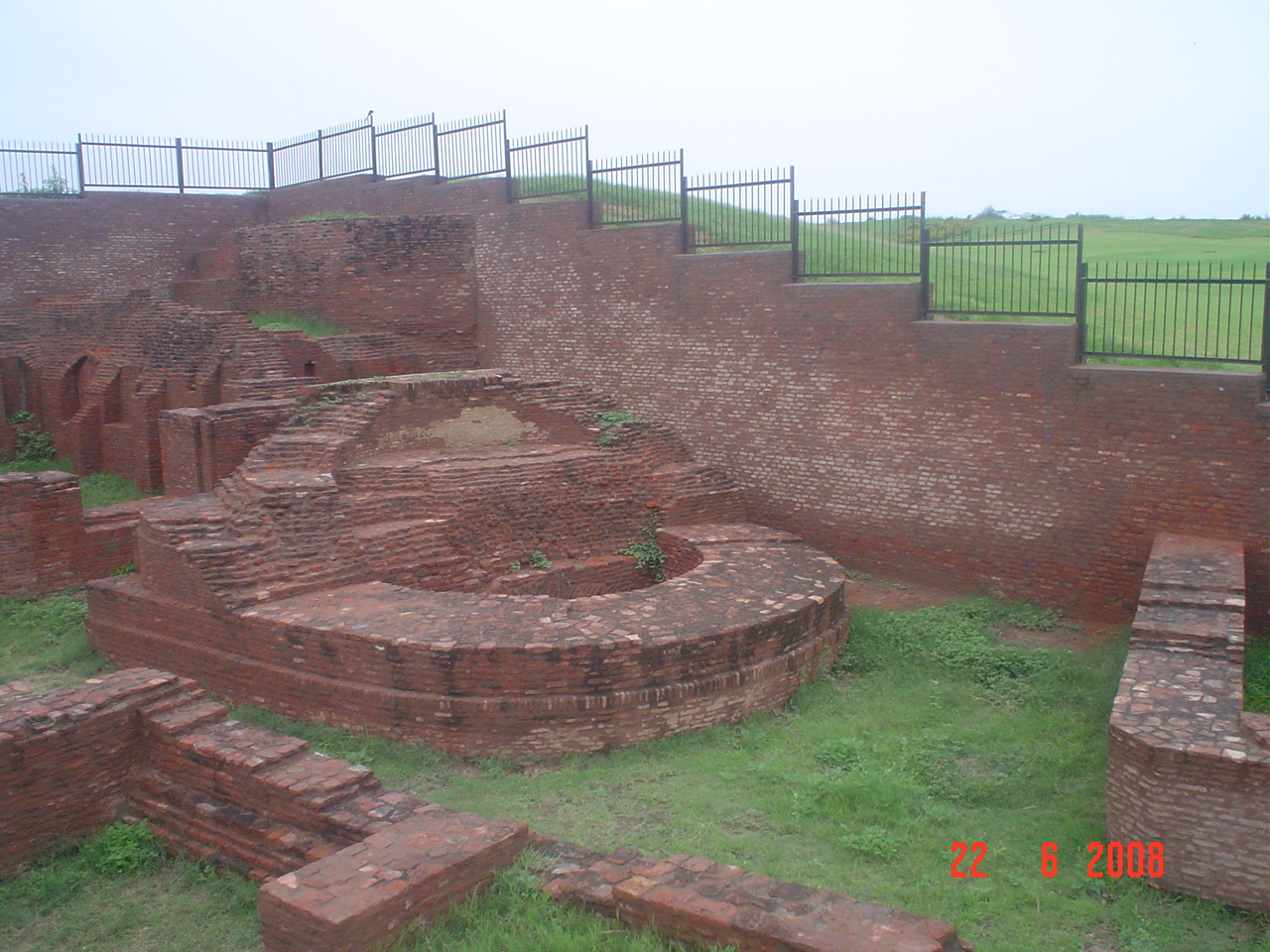



Narnaul, nestled in the heart of Haryana, emerges as a remarkable tapestry of historical narratives and architectural marvels. The city's landscape is a testament to the complex interplay of various empires and cultural influences that have shaped its identity over centuries. From the Tughluq period to the Mughal era, Narnaul has been a canvas where architectural and cultural stories have been vividly painted.
The architectural heritage of Narnaul is particularly striking, with structures that reflect the artistic and cultural fusion of different periods. The Tripolia Gate, constructed by Shah Quli Khan, stands as a magnificent example of Mughal architectural prowess. Its three-storeyed structure adorned with intricate floral motifs and geometric patterns tells a story of artistic sophistication that transcended political boundaries.
Notable figures have left an indelible mark on the city's historical landscape. Sher Shah Sur's commissioning of his grandfather Ibrahim Khan Sur's tomb represents a remarkable architectural achievement, showcasing the Lodi architectural style. Similarly, Bal Mukund Das, the only Hindu governor of Narnaul, constructed a remarkable seven-storeyed haveli that continues to captivate with its unique design, featuring four above-ground floors and three subterranean levels.
The socio-political context of Narnaul during the medieval period was extraordinarily complex. The city became a melting pot of cultural and architectural influences, where different empires and nobles left their distinctive marks. Figures like Shah Nizam-al-din, a contemporary of Emperor Akbar, added layers of intrigue to the city's rich historical narrative.
Architectural diversity is a hallmark of Narnaul's historical sites. The tomb of Shah Nizam, constructed during Akbar's period, exemplifies this diversity with its square structure reflecting Pathan/Afghan architectural influences. The use of rubble masonry, plaster, red bricks, and ornate finials demonstrates the sophisticated building techniques of the time.
Local legends and unexpected stories further enhance Narnaul's historical significance. The Chor Gumbad, once a hideout for thieves, illustrates the city's complex and multifaceted history. Such stories transform historical sites from mere architectural structures into living narratives that continue to intrigue and inspire.
The preservation of these historical sites reflects the deep cultural respect and historical consciousness of Narnaul's inhabitants. These structures are not merely remnants of the past but active participants in the city's ongoing cultural dialogue. They serve as bridges connecting contemporary residents with the rich, multilayered history that has shaped their community.
In modern times, Narnaul continues to stand as a beacon of historical and cultural significance. Its architectural treasures offer visitors and researchers alike a profound glimpse into the intricate social, cultural, and political dynamics that have defined this remarkable city through centuries of transformation.
Enhance your journey with these nearby attractions that offer similar cultural experiences
Narnaul, Haryana
Mughal-Era Haveli Revealing Narnaul's Rich Historical Tapestry
Narnaul, Haryana
Mughal Governor's Baoli: A Historic Water Monument in Narnaul

Narnaul, Haryana
Sur Empire's Architectural Gem Commemorating Ibrahim Khan Sur